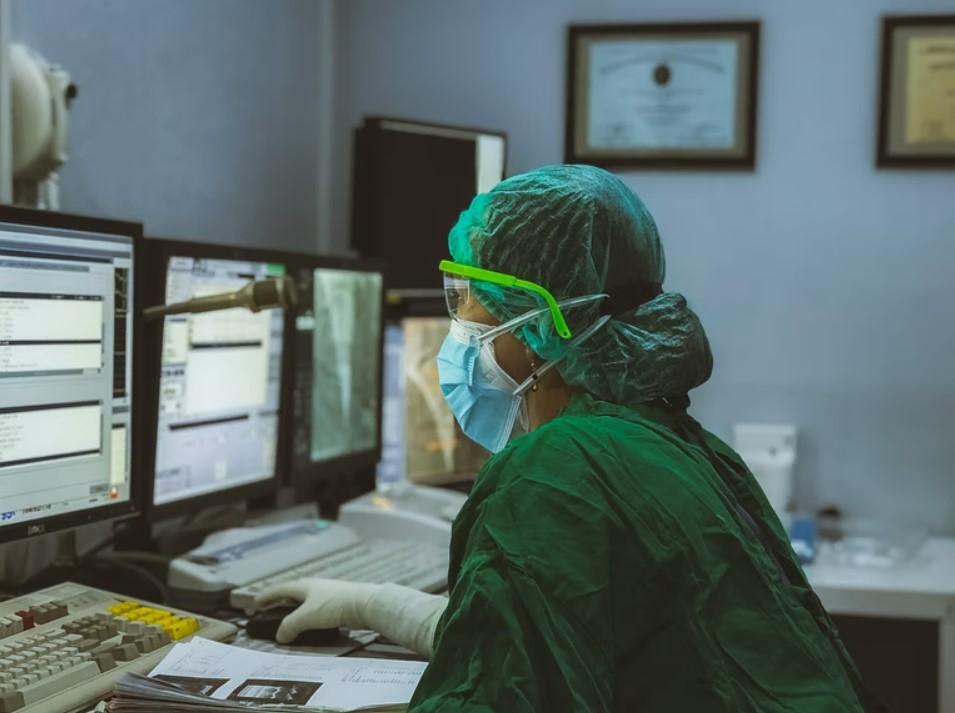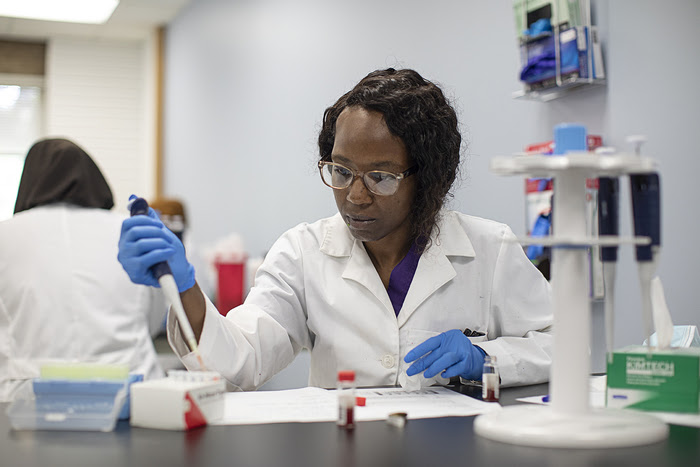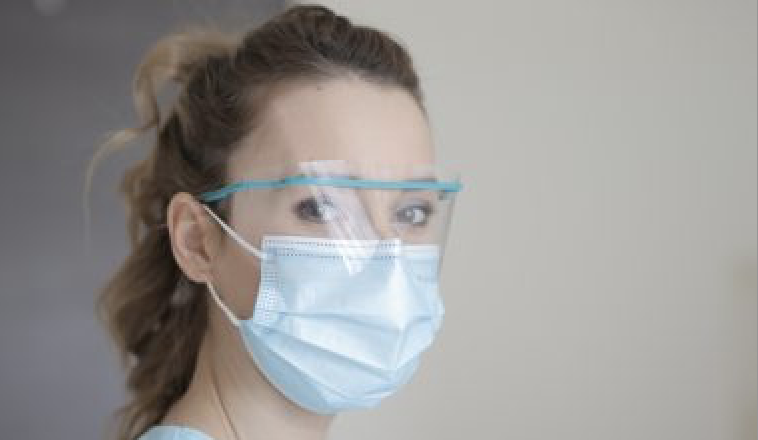Much like any other profession, you can master medical specializations while studying abroad. And people do it despite the difficulties of getting into such programs. In the US, for example, 3% of medical students come from other countries.
However, studying medicine abroad is as difficult as finding a program that will fit you in. International students can face many challenges, which are not easy to overcome.
What challenges?
Take a look.
1. Language Barrier
Studying medicine doesn’t only mean being good at biology, chemistry, physics, and math. It is also about your ability to operate very specific terminology. And, if your knowledge of the language of the country where you’re going to is shaky, consider improving it first.
The reason is simple – you won’t have enough time to learn the language when your classes start. You will spend so much time studying for lectures and seminars that you will hardly have time to sleep. But such is the life of a medical student.
So, before you make any plans to study abroad, make sure you master the language. The best way to do it is to get yourself a native speaker. It’s not that expensive – for example, on Preply, you can find Portuguese tutors for as low as $5 an hour:
Why should you go for a native speaker?
You need someone who doesn’t just know the language and culture very well, but who also understands the medical and educational systems of the country you’re going to. This way, you will have a connection to keep in contact with if you encounter misunderstandings.
2. No Shadowing Period
A shadowing period is a time you get at a potential workplace to go around observing doctors, nurses, and other medical staff and gaining valuable knowledge from it. Shadowing is essential in any job that requires a learning curve.
Unfortunately, not all medical programs can provide that. For instance, in the 2017 research, surveyed medical students in the UK shared that the lack of a shadowing period was one of the disadvantages of becoming a medical practitioner there.
So, before you apply for a program, do your research. Find whether you’ll have access to internships with shadowing periods and other opportunities to apply your knowledge in practice.
3. Pressure During Exam Weeks
Medical school is stressful. A study that surveyed medical students around the Middle East has revealed most of them experienced severe stress and even considered leaving the studies altogether.
Since you will be responsible for saving people’s lives, you can’t take your education carelessly. The exam weeks will be the most challenging – even to get a simple pass, you will have to study tirelessly.
The worst part is that you will hardly have any support system. So, if you’re not ready for such stress, reconsider your choice of studying medicine. Or, think about going to a local college or university.
4. Expensive Courses
Some colleges and universities abroad offer additional courses to students who want to further their education. Such courses aren’t necessary to attend to get a diploma, but they can be really helpful in your future career.
For instance, a workshop about AI in healthcare can give you valuable knowledge and advance your career path, especially if you want to be a surgeon. Adding such qualifications to your CV will help you stand out in the job market.
That said, such courses can be very expensive. For instance, a course on AI in healthcare services at MIT costs $2,800. So, consider such expenses before enrolling in a medical school and put some money aside to be able to get extra skills and expand your knowledge.
Over to You
These are only a few examples of difficulties a medical student can encounter when studying abroad. Of course, there are other problems, like difficulties to adapt, ethical differences, etc. You need to be mentally and emotionally ready for the lack of moral support as well, as your parents and friends will be far away from you.
But no worries, all these challenges are manageable. Every college and university has a department helping international students adjust and get everything they need to keep up with the studies. So, it would be wise to contact this department before you set off to start your studies – they will help you prepare everything you need to start your first semester stress-free.
Article written by Ryan Pell
Ryan is a passionate blogger and writer who likes sharing his thoughts. He works as a content editor and internet researcher and likes to travel and explore new countries.









